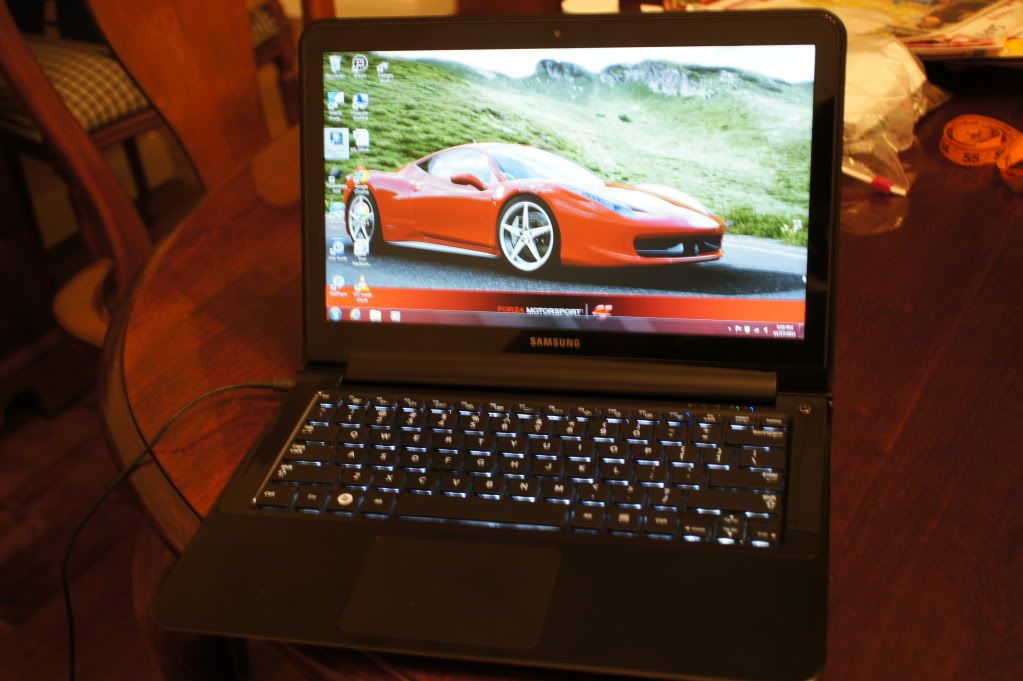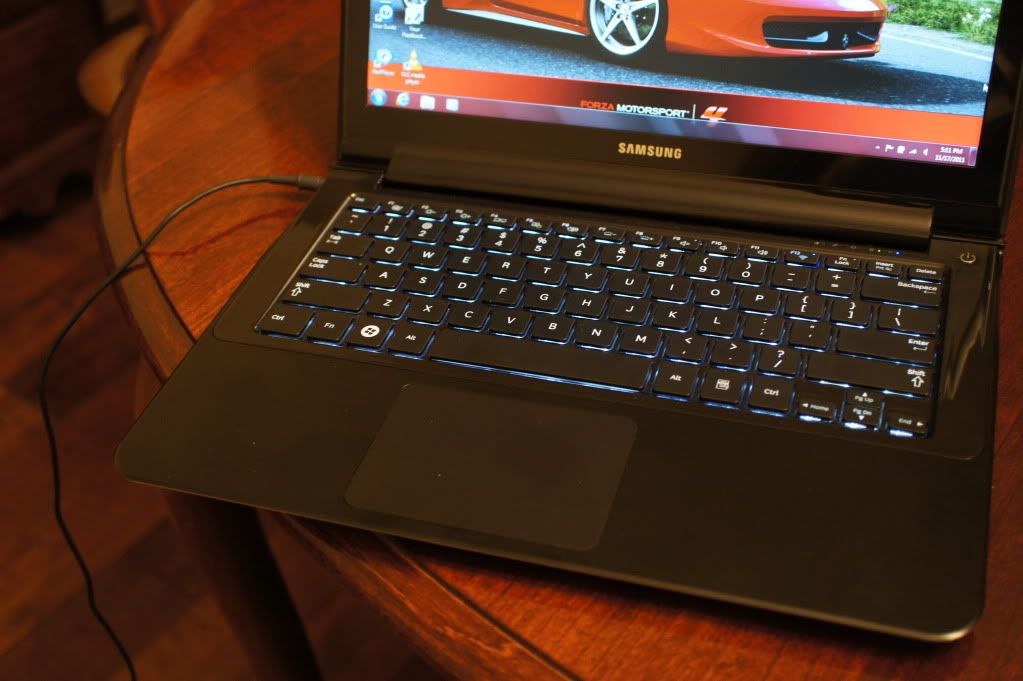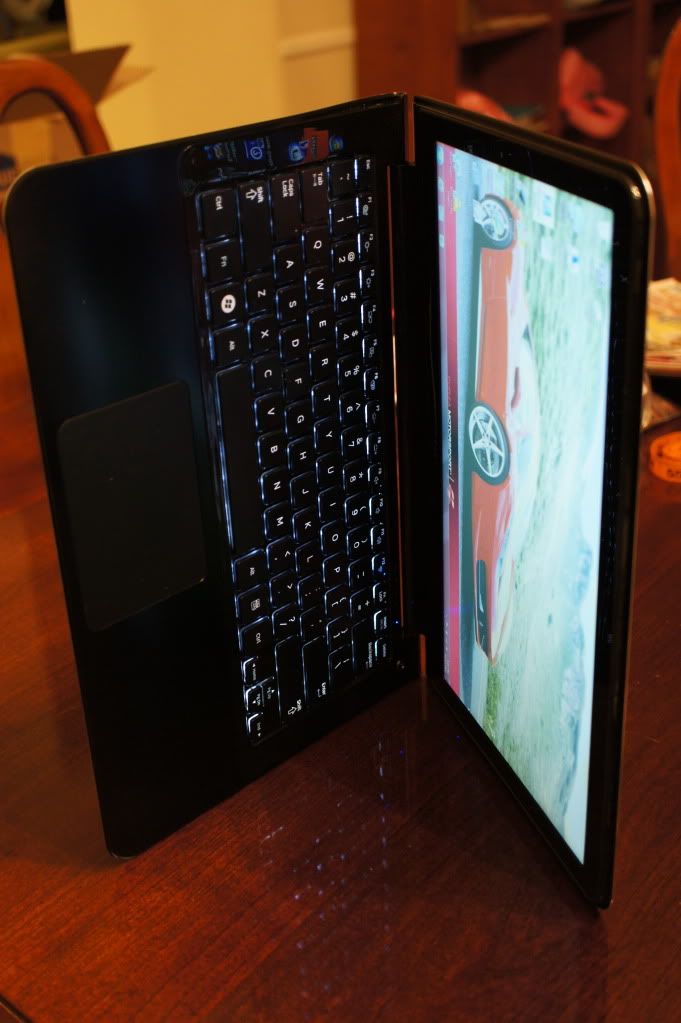I have been following Amazon ever since the company was formed some 15 years ago. In their very early years, their initial goal was to build a company that could deliver books to the masses in a very cost effective but profitable way. They took a lot of criticism at first spending millions and millions of dollars building out their computer infrastructure to handle the order fulfillment and advanced supply chain mechanism that has served them so well over the years. They re-invested virtually every dollar they earned into building a data center and network infrastructure that could easily handle their current and future (10 years down the road) computing and network requirements. I remember many Wall Street analysts chastising and publicly criticizing the delay of profitability when Jeff Bezos stuck to his guns and continued to heavily invest in technology and computing infrastructure. Well today, Amazon sits atop the heap of computing companies that has the best cloud computing services and is the go-to leading edge company for outsourcing IT, web hosting, order fulfillment and now platform media services. Amazon counts amongst its current Cloud Computing Services Customers: NASA, Foursquare, PBS, Harvard Medical School, Yelp, Newsweek, Netflix, Virgin Atlantic, and Newsweek. With the impending shipments of the new Amazon Kindle E-Book Readers and the revolutionary new $199.00 Fire Tablets, Amazon is poised to make a ton of money streaming video content and delivering e-books through the cloud faster than any other company that offers those services. They have figured out how to build a tablet that offers users almost 80-90% of the functionality of an Apple iPad with half of the memory required (8 GB vs 16 GB) while offering faster performance as the readers and tablets have been optimized (read perform much faster) to work with Amazon Cloud computing services. Their razor and razor blade model is brilliant and although seems to have lower profit margins, the pricing scheme and volume of users that will buy the Kindle and Fire will more than make up for it. This is a huge wager Bezos is making and believe me, he has pulled out all the stops in stacking the cards in Amazon's favor to win this bet. Apple is taking the totally opposite approach where 90% of their profits come from selling expensive Mac hardware platrforms, both mobile and desktops. Only 8% of their profits come from iTunes. Amazon will sell millions of their Fire tablets with only 8 GB of memory on board and the user will experience faster streaming and performance as each Amazon Fire will be hardware and software optimized to take advantage of the super fast Amazon Cloud computing engine. They came up with a hybrid Android based browser where half of the browser code resides on the Amazon Fire Tablet and the other half is embedded in the Amazon Cloud Computing Services. Since movies will be streamed, there is no need to store the movies on your Amazon Fire Tablet. With iTunes, you download the movie to your local hard drive and that requires a much larger storage capacity. Bezos claims that the Amazon Fire Tablet will easily outperform other computing devices with traditional client based browsers found on Mac, Windows and Linux PCs with traditional operating systems. This is no small feat and in some ways represents the holy grail of distributed computing. For a company like Amazon to pull this off with a pricing and business profit model that makes most software companies envious Bezos and his engineering team is to be congratulated for executing this plan in such a short time span. I really think that Amazon has paved the way for media distribution model that works for all economic classes and delivers affordability and computing functionality to the masses.
Amazon is the tech company to watch as it is really focused on doing things differently and changing the way media content can be sold and delivered over the internet. It is also bringing tablet computing to the masses with a full function Tablet that retails for less than $199.00 which is pretty amazing. The overall impact on the consumer and business computer markets will be positive as an entirely new level of price performance will be introduced into the marketplace and will drive down hardware and software costs once people figure out how great Amazon's streaming delivery service works. It will also add additional validation proof and competitive differentiation for Amazons Cloud computing service as they can point to the fact that millions upon millions of users are streaming high definition videos to their tablets
If you want to read the detail on how Bezos achieved what amounts to total domination of streamed and e-book content delivery please read the excellent cover article just published in the January 2012 issue of Wired Magazine written by Steven Levy; Amazon Owns The Internet "Jeff Bezos Started With Books. Now His Company Dominates The Web in More Ways Than You Think".
Anyone who thinks that US companies today lack vision or innovation are dead wrong. Amazon is just one example of thinking out of the box and coming up with a way to deliver innovation and services using a whole new paradigm that is not only insanely efficient and cost-effective, but brings some of the latest and greatest computer technology to the masses who previously could not afford it.
Amazon is the tech company to watch as it is really focused on doing things differently and changing the way media content can be sold and delivered over the internet. It is also bringing tablet computing to the masses with a full function Tablet that retails for less than $199.00 which is pretty amazing. The overall impact on the consumer and business computer markets will be positive as an entirely new level of price performance will be introduced into the marketplace and will drive down hardware and software costs once people figure out how great Amazon's streaming delivery service works. It will also add additional validation proof and competitive differentiation for Amazons Cloud computing service as they can point to the fact that millions upon millions of users are streaming high definition videos to their tablets
If you want to read the detail on how Bezos achieved what amounts to total domination of streamed and e-book content delivery please read the excellent cover article just published in the January 2012 issue of Wired Magazine written by Steven Levy; Amazon Owns The Internet "Jeff Bezos Started With Books. Now His Company Dominates The Web in More Ways Than You Think".
Anyone who thinks that US companies today lack vision or innovation are dead wrong. Amazon is just one example of thinking out of the box and coming up with a way to deliver innovation and services using a whole new paradigm that is not only insanely efficient and cost-effective, but brings some of the latest and greatest computer technology to the masses who previously could not afford it.




